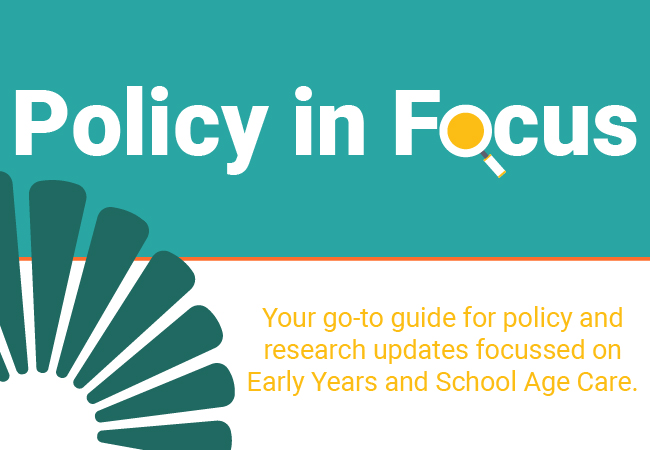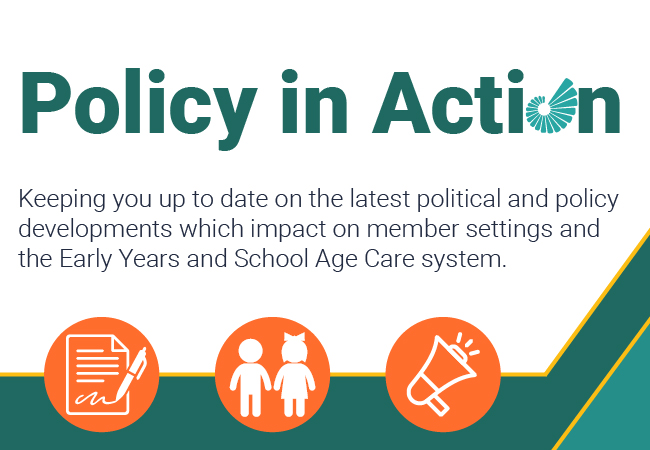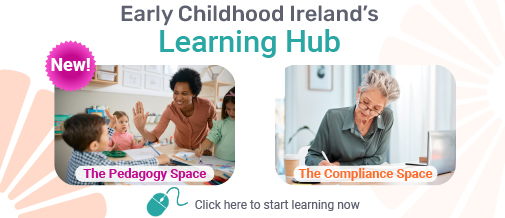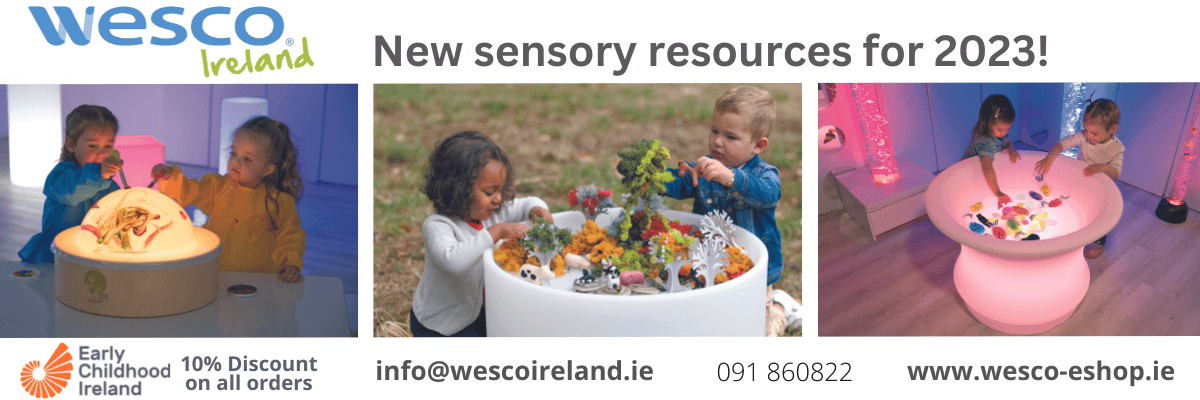Listening to Children: Children’s Perspectives on Quality
Whilst researching the topic “Quality in ECEC” as part of my Degree in Early Years Studies, it became apparent that there were a lot of opinions (from adults!) on what quality in an early years setting looked like. However, I was interested in what the preschool child’s perspective was on quality in an early years’ service. Therefore, I decided to base my thesis on two research questions; What do children perceive to be quality in an Irish preschool setting? And how can we include children in research?
Research shows that early years settings that have a ‘listening culture’ enable young children to share their views and experiences. Consequently, to gain the children’s perspectives on quality, I used an adaptation of the Mosaic Approach (Clark and Moss, 2001), which is a framework for listening to children and including the ‘voice’ of the child.
The methods used to collect the data for my study included; Unstructured Interviews, Photographic Tours and Photographic Elicitation. During the unstructured interviews, the children were asked “If you had three wishes, what would your preschool be like?”. In addition, each child was given a digital camera to take photographs of the things they liked most in the preschool environment. The photographs were then downloaded onto an iPad and the children were asked to explain why they took the photo. Direct quotes from the children were used to record the children’s responses to questions during interviews.
Whilst analysing the data, using the Constant Comparative Method, aspects of what children considered to be high quality characteristics of a preschool began to emerge. These included: Free Choice; Play; Creativity; Relationships; The Environment, Learning (‘Work’), Rules and Other. To give ‘voice’ to the children and deepen the readers understanding, the findings were presented using direct quotes from the children. The findings reported, not only show that children can contribute their own viewpoints on important matters such as quality, but can feel empowered by the process. In addition, although these methods were used as part of a research study, the great thing is, they can be used in services everyday as a method of including children and listening to their views. “Learning Stories” can be created using the children’s photographs and quotes and can be shared with the children’s parents.
Below are some of the children’s quotes taken from my research
Biography
Karen Cremins is an owner of and preschool teacher at Little Hands Montessori in Lucan. Last year she completed a Degree in Early Years Studies.









